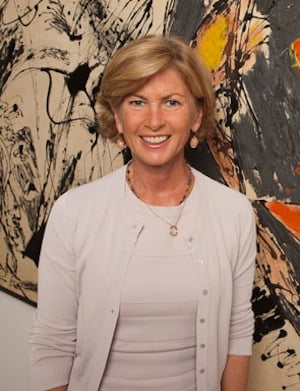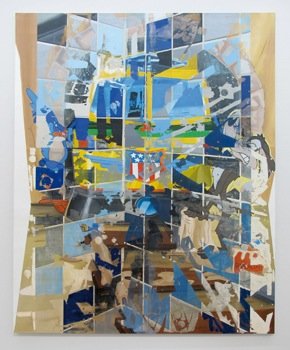The Museum of Contemporary Art Zagreb presents Vojin Bakic A Retrospective: Lightbearing Forms an exhibition on view December 7, 2013–February 2, 2014.

Vojin Bakić was an artist of great creative energy who, during his nearly fifty years of creative work, had produced a large number of works of exceptional artistic quality. At the time of their creation, his works were already considered to be exceptionally innovative and progressive, and were included in major publications on contemporary international and European abstract sculpture. His works were displayed at prestigious contemporary art exhibitions, such as the Venice Biennale and Documenta in Kassel, and at numerous exhibitions at which modernist Yugoslav art was presented to the European public. His sculptural monuments can be found in European cities such as Antwerp, Marl, Mainz, Zagreb, and Belgrade.
After graduating from the Academy of Fine Arts in Zagreb, he was noted in the 1940s for his already mature execution of sculptures in which we can recognize the influences of the European modernist tradition of sculpture (Rodin, Maillol). During a short subsequent period he produced commissioned works for public monuments in the style of socialist realism, but already in the early 1950s, he abandoned these principles and gradually liberated himself from tradition. Through further experiments and the reduction of the superfluous he attained full, compact masses and forms drawn from the organic world, inspired by Hans Arp. By the end of the 1950s, he began cutting, bending and piercing the surface, opening it up to the penetration of space which he treated as the new shaping medium. The envelope, its surface and inner space became the most important visual elements of Bakić’s sculptural synthesis.
In the beginning of the 1960s, Bakić became the most prominent figure in abstract expression and optical research; thus he participated at the exhibitions of the New Tendencies movement (in 1961, 1963 and 1973). He used new materials (stainless steel, duralumin) and changed his treatment of the surface from previous cutting and bending to convex concave circles, organically attached one to another. Their high-gloss surfaces mirror the surrounding space, while the sculpture reflects the interplay of fullness and emptiness, the positive and the negative, masses and space. His extraordinarily powerful vision and exceptional creativity caused a decisive turn in the manner of shaping large memorial monuments in the Yugoslavia of that time.
After the changes in Croatia in the early 1990s, the socialist heritage entered the phase of marginalization and neglect and only a small number of contemporary artists still had some interest in the period. This exhibition showcases not only Bakić’s artwork but also the works created by the artist looking into his monuments from various positions: from the interpretation of modernist heritage in Marko Lulić’s works, our relation to such phenomena and collective memory loss in the works by David Maljković to the critique of our relationship with the monuments to the National Liberation War in Igor Grubić’s works.
Curator: Nataša Ivančević, Chief Curator
The Museum of Contemporary Art Zagreb
Avenija Dubrovnik 17
10 000 Zagreb
Croatia
[email protected]



